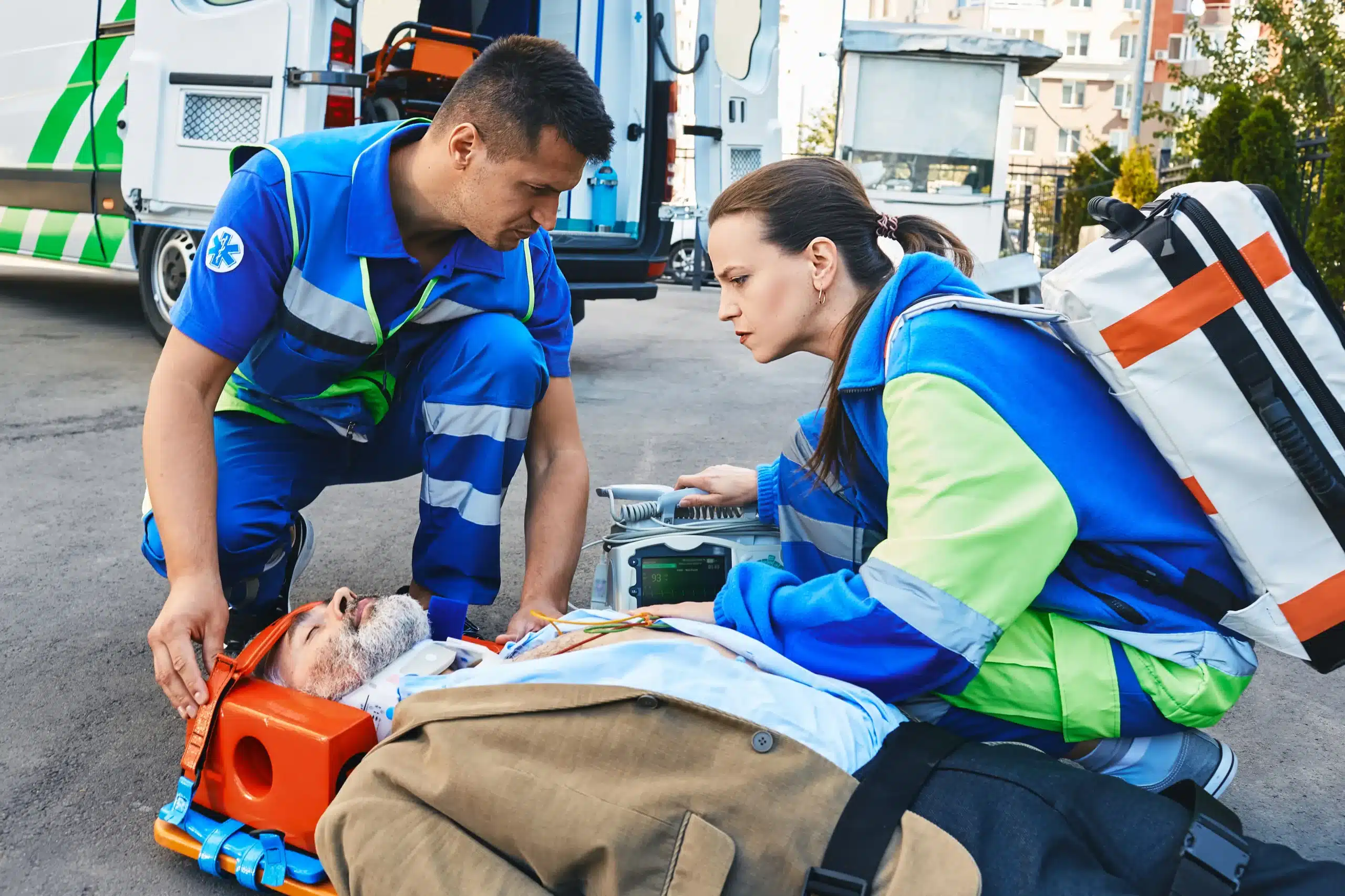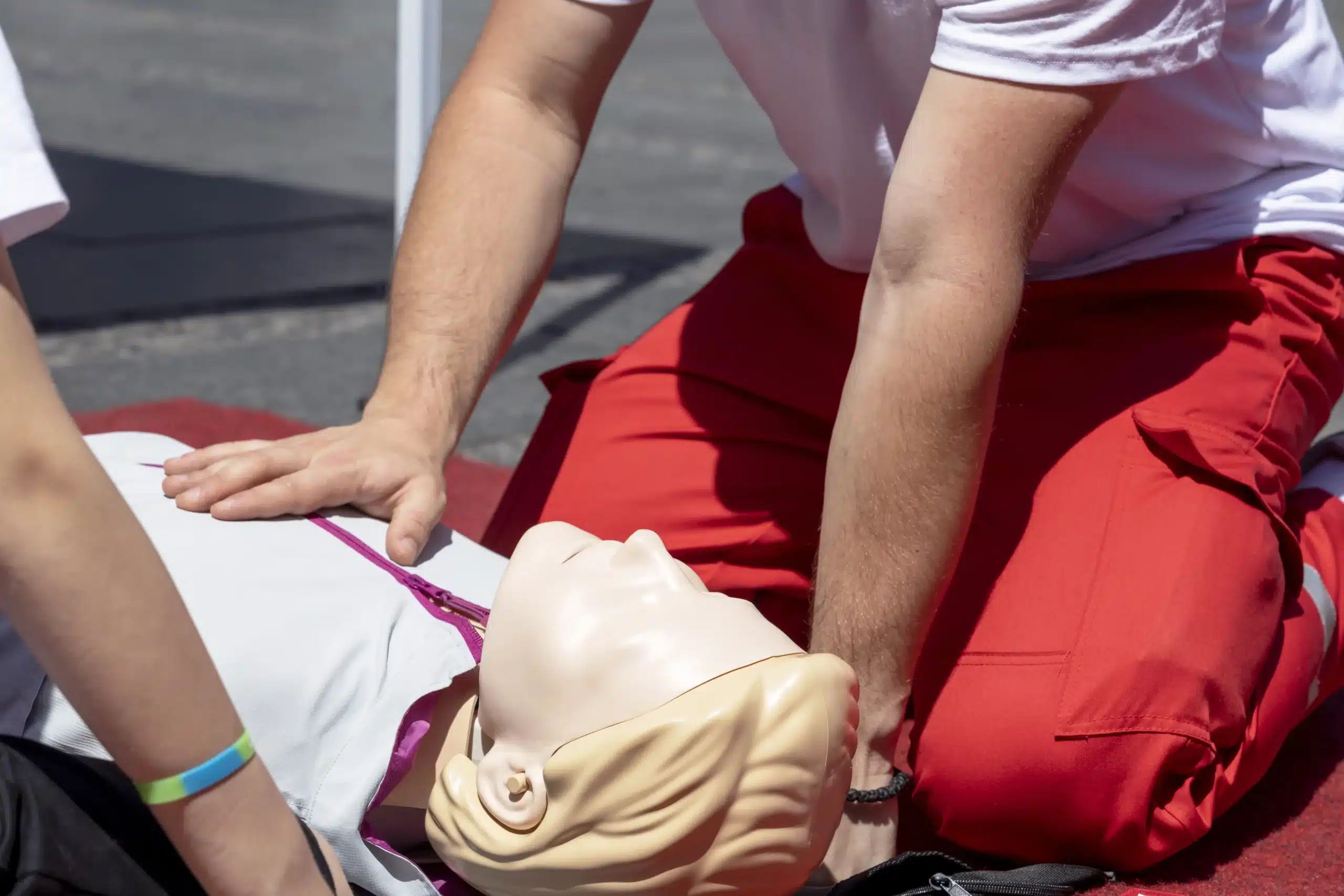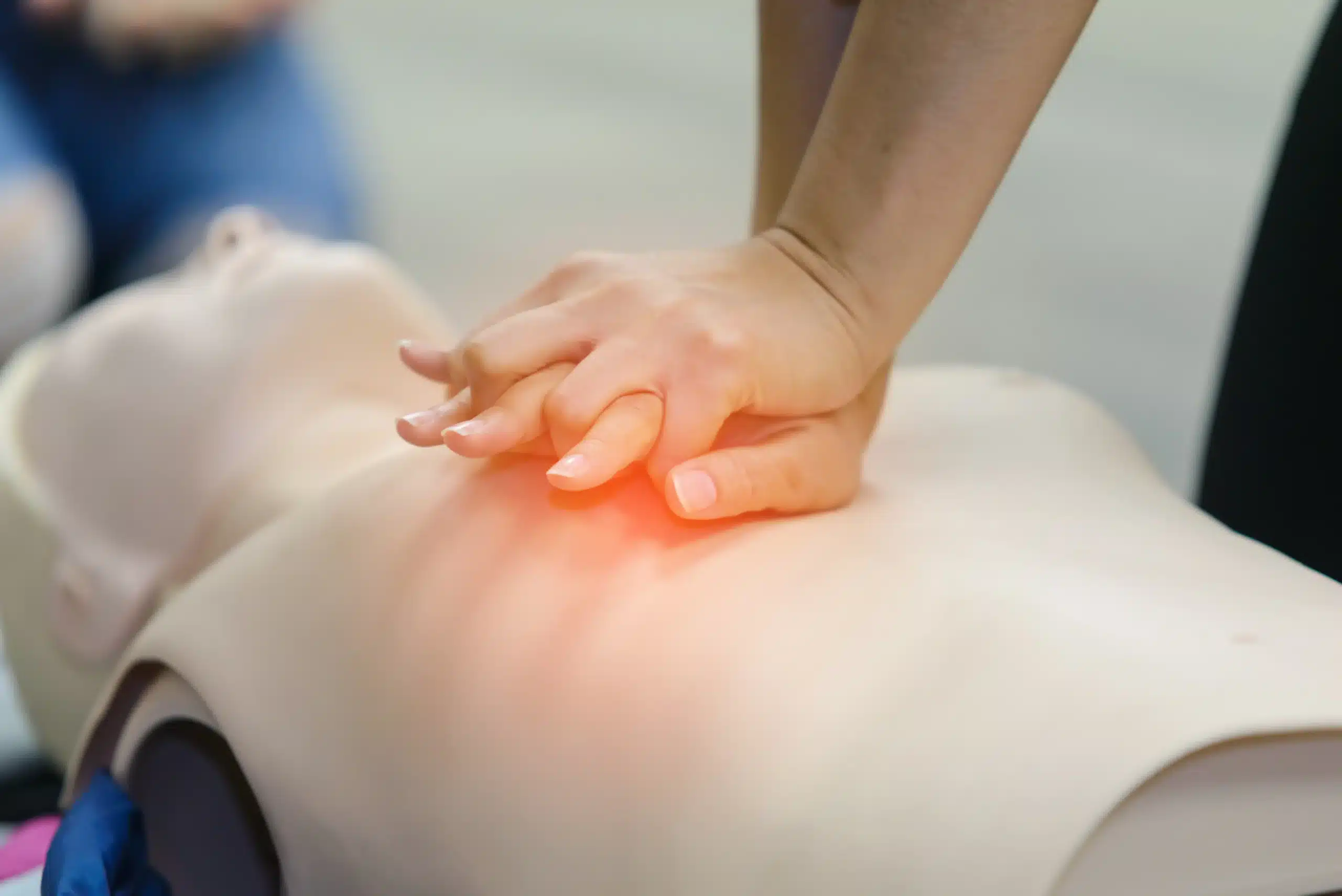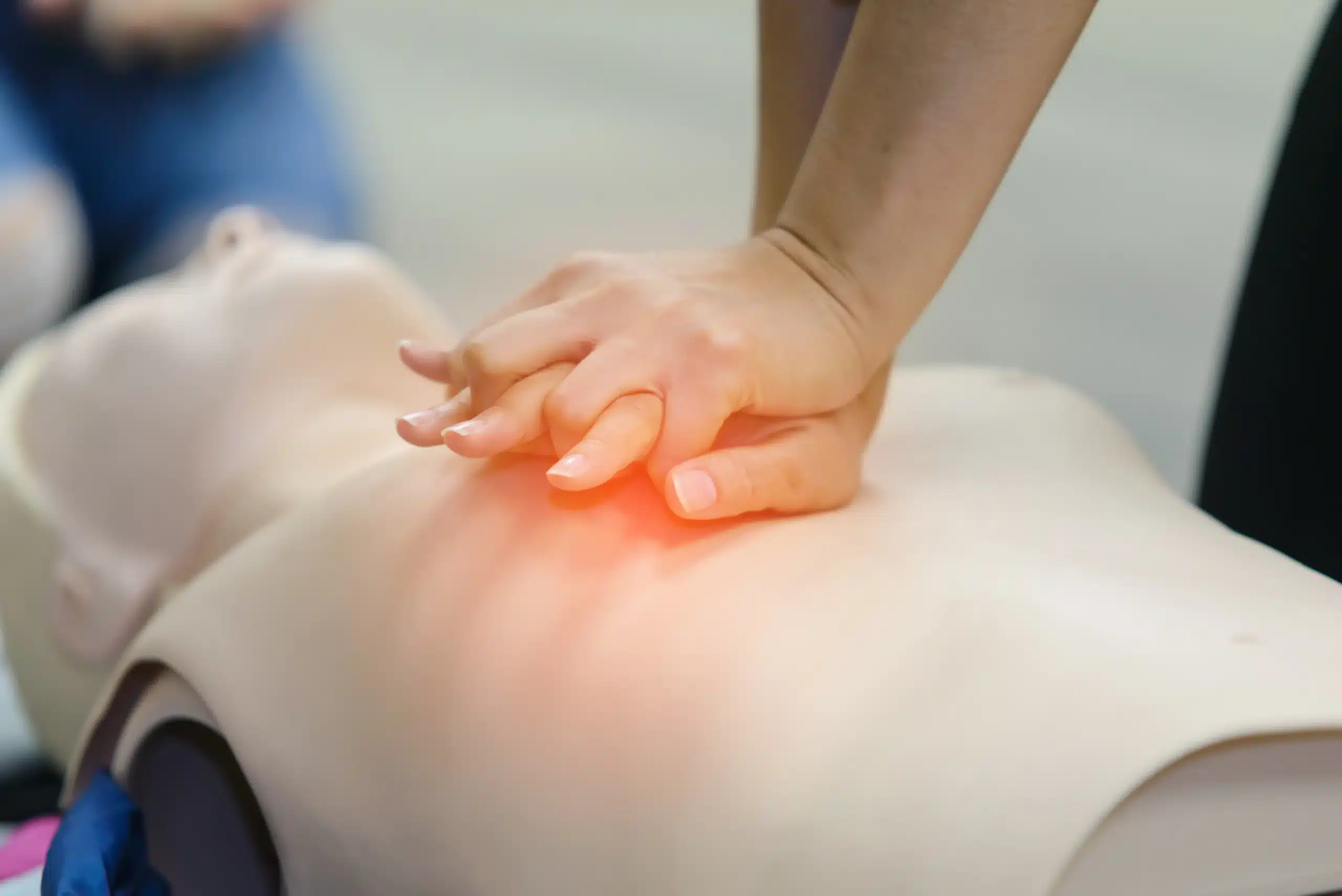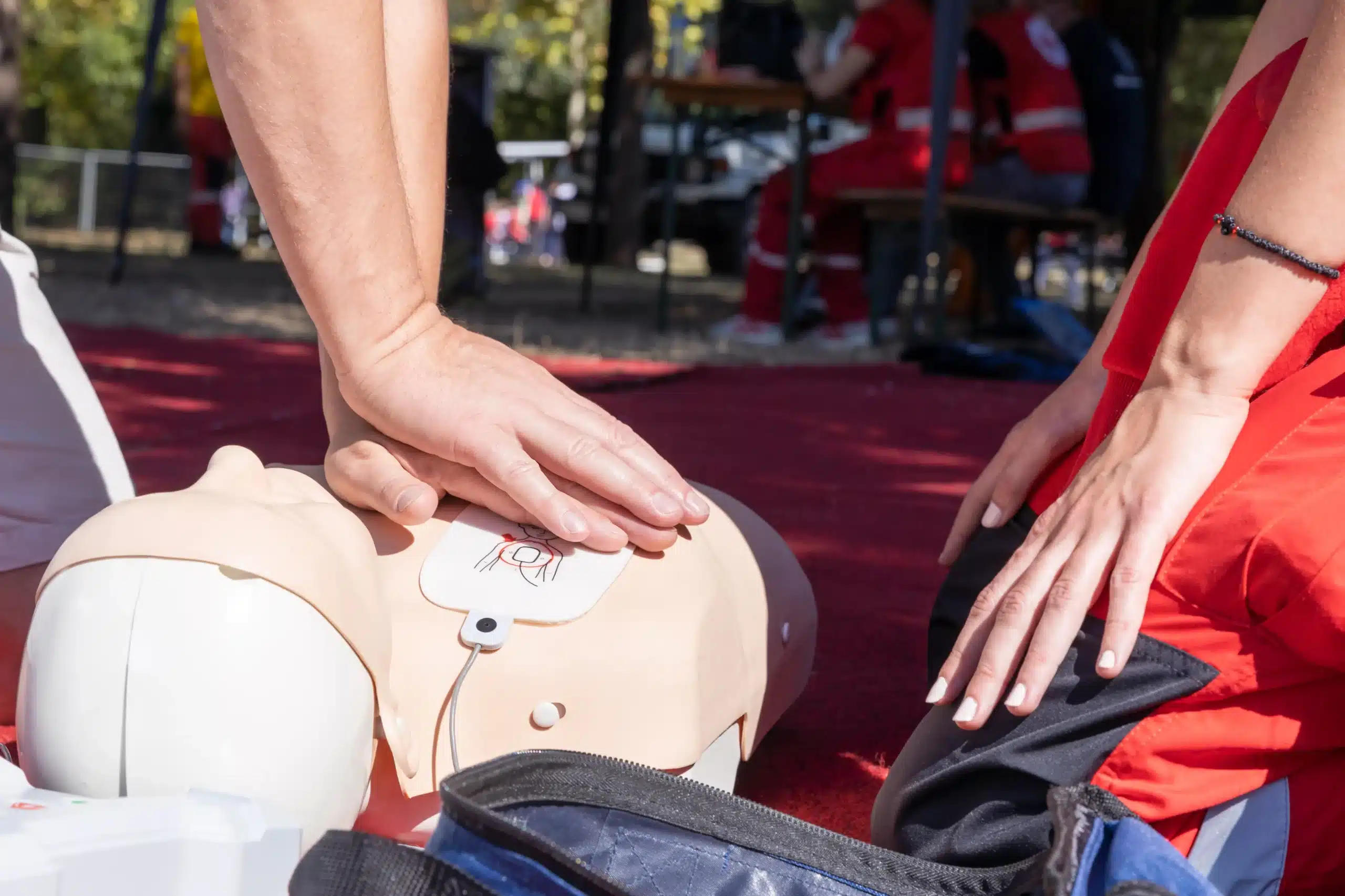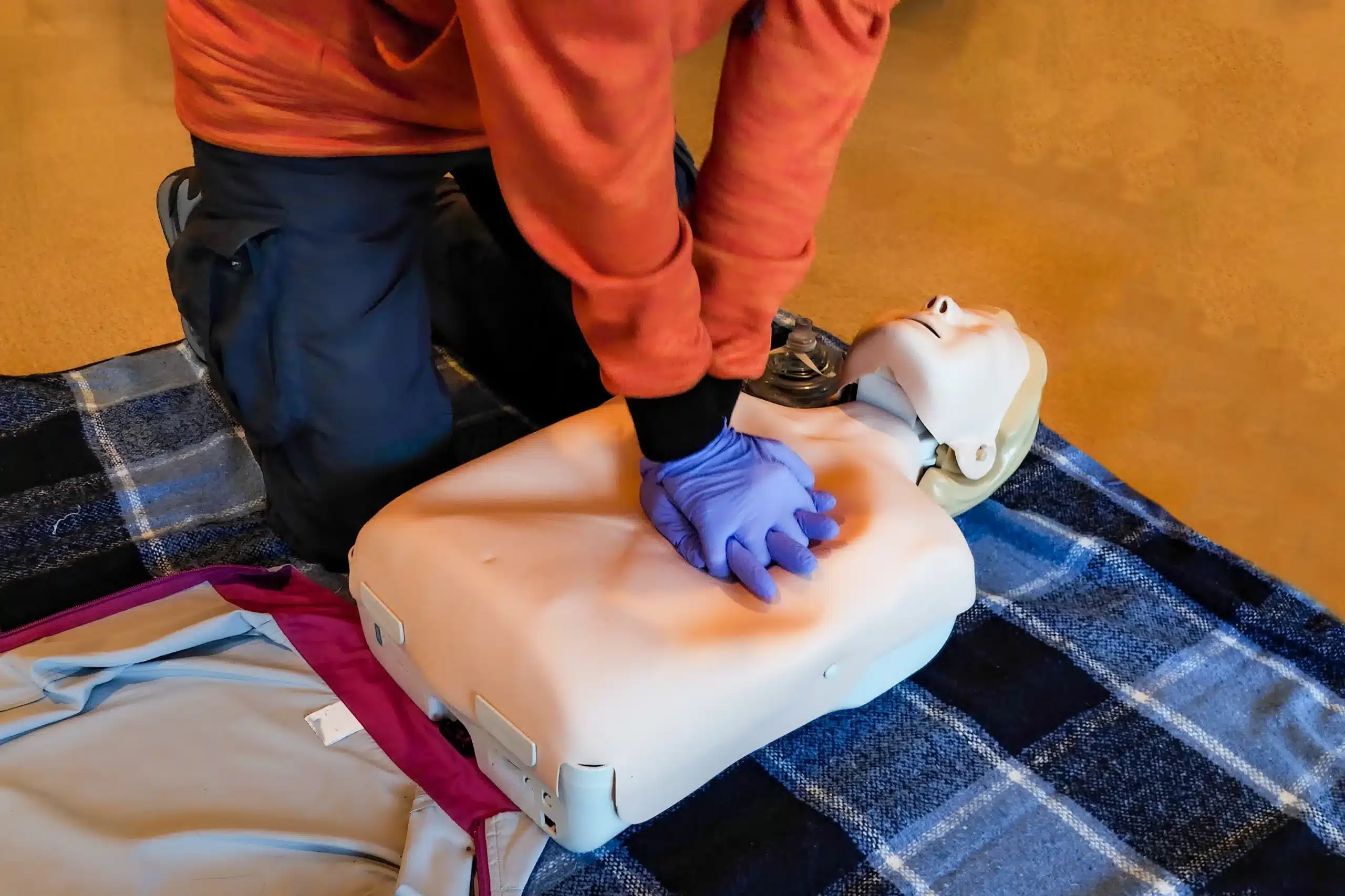CPR saves lives. Yet, misconceptions often cloud this life-saving technique. This post explores common CPR myths, offering clarity and truth. By understanding these myths, you’ll be better equipped to act in emergencies.
CPR Is Only for Trained Professionals
Many believe CPR requires professional training. While training enhances skills, anyone can perform CPR. Prompt action, even without certification, can double survival chances. The American Heart Association emphasizes that hands-only CPR is effective and simple enough for untrained bystanders.
CPR is vital in emergencies. With or without formal training, taking action matters. The first few minutes after cardiac arrest are crucial, and immediate CPR can be the difference between life and death. By dispelling this myth, we empower more people to step up and help.
Mouth-to-Mouth Resuscitation Is Necessary
Some think mouth-to-mouth is essential in CPR. However, hands-only CPR is often sufficient for adults. In many cases, chest compressions alone maintain blood circulation. The American Heart Association advises focusing on compressions for untrained rescuers, as they are easier to perform and still effective.
Mouth-to-mouth can be daunting. Many hesitate, fearing disease transmission or lack of skill. Hands-only CPR eliminates these concerns, encouraging more people to assist in emergencies. By understanding this myth, you learn when mouth-to-mouth is truly needed, often in cases involving respiratory issues or children.
CPR Can Harm the Victim
Fears of causing harm deter some from performing CPR. While it’s true that rib fractures can occur, the benefits outweigh the risks. Without CPR, brain damage or death is likely. Effective chest compressions require force, leading to potential bruising or breaks, but the alternative is far worse.
In emergencies, hesitation can cost lives. Acting swiftly and confidently ensures the victim has the best chance at recovery. CPR training can help you learn proper techniques, minimizing injury while maximizing effectiveness. Remember, doing something is better than doing nothing at all.
CPR Restarts the Heart
A common misconception is that CPR restarts the heart. In reality, CPR maintains blood flow and oxygenation until professional help arrives. Defibrillators, not CPR, are used to restart the heart. Understanding this distinction helps manage expectations in emergency situations.
CPR buys time. By preserving vital functions, it keeps the body viable for advanced medical intervention. Knowing that CPR doesn’t restart the heart underscores the importance of calling emergency services promptly. This myth’s debunking highlights CPR’s role as a bridge to further treatment.
You Can Perform CPR Without Preparing
Many assume CPR requires no preparation. While anyone can perform it, understanding technique basics improves outcomes. Chest compressions should be at a depth of two inches at a rate of 100-120 per minute. Knowing these guidelines can significantly impact the victim’s survival.
Preparation boosts confidence. Regular training reinforces skills, ensuring readiness when needed. While adrenaline may kick in during an emergency, prior knowledge helps maintain composure and effectiveness. By debunking this myth, we encourage education and practice to enhance emergency response.
Victims Always Wake Up After CPR
Some expect dramatic recoveries post-CPR, like in movies. In reality, CPR doesn’t guarantee immediate consciousness. Its purpose is to sustain life until professionals take over. Recovery rates depend on various factors, including the victim’s health and the response time.
Setting realistic expectations is key. CPR is a critical step, but it’s part of a larger rescue effort. Understanding this helps manage emotions during and after an emergency. While not every attempt results in revival, your actions still provide the best possible fighting chance.
Only Elderly People Need CPR
Another myth is that CPR is only for the elderly. Cardiac arrest can affect anyone, regardless of age. Accidents, health conditions, and unforeseen events can lead to sudden cardiac arrest in young people too. Being prepared to perform CPR on anyone, regardless of age, is crucial.
Awareness saves lives. Recognizing cardiac arrest signs in all demographics increases survival odds. By debunking this myth, we stress the universality of CPR and the need for preparedness across all age groups. Everyone, from children to seniors, can benefit from timely intervention.
Emergency Help Will Arrive Instantly
Some rely on the belief that emergency services will arrive immediately. While response times vary, they’re often longer than ideal. CPR sustains life until help arrives, bridging the gap. Rapid action from bystanders is essential, as brain damage can occur within minutes of cardiac arrest.
This myth highlights the importance of immediate action. By understanding that help may not be instant, we emphasize the role each person plays in emergency scenarios. Your decision to act promptly can make a significant difference in the outcome.
CPR Is Only for Cardiac Arrest
People often associate CPR solely with cardiac arrest. However, it’s also useful in other emergencies, such as drowning, choking, or severe allergic reactions. In these cases, maintaining circulation until professional help arrives is crucial.
Diversifying CPR knowledge broadens its applications. By recognizing situations where CPR is beneficial, you increase your ability to respond effectively. This myth’s debunking encourages proactive, informed action in various emergencies.
You Might Get Sued for Performing CPR
Fear of legal repercussions deters some from performing CPR. However, Good Samaritan laws protect those who provide aid in emergencies. These laws cover bystanders acting in good faith, reducing the risk of legal action.
Knowing your rights increases willingness to act. The possibility of saving a life outweighs the minimal legal risk involved. By debunking this myth, we encourage more people to assist without fear, fostering a community of care and support.
CPR Certification Lasts Forever
Some assume CPR certification is permanent. In reality, skills can fade, and guidelines evolve. Regular recertification ensures you stay updated with the latest techniques and standards. Most certifications require renewal every two years.
Ongoing education is vital. Staying current with CPR practices enhances your competence and confidence. By understanding this myth, you prioritize continuous learning, ensuring readiness for emergencies at all times.
Conclusion
Debunking CPR myths empowers individuals. By understanding the truth, you gain confidence to act in emergencies, potentially saving lives. Remember, preparation and knowledge are key, and everyone can contribute to life-saving efforts.
For further resources on CPR training, contact us at Safety Training Seminars. Stay informed, practice regularly, and be ready to respond when it matters most. Together, we can create a safer, more responsive community.

